![[25% OFF] [HD Screening] "Swan Lake" Vienna State Ballet](https://static.247tickets.com/o_1gi4b80d815shcre1hic14q11vi5n.jpg?imageView2/1/w/600/h/860/format/jpg)
[25% OFF] [HD Screening] "Swan Lake" Vienna State Ballet
![[25% OFF] [HD Screening] "Swan Lake" Vienna State Ballet](https://static.247tickets.com/o_1gi4b80d815shcre1hic14q11vi5n.jpg?imageView2/1/w/600/h/860/format/jpg)
[25% OFF] [HD Screening] "Swan Lake" Vienna State Ballet
Event details
This is a ballet that everyone knows, has heard or seen, and is one of the most popular and frequently performed repertoires in ballet literature. No other ballet can evoke such dense associations, dreams and longings like Tchaikovsky's "Swan Lake" just by mentioning its name.
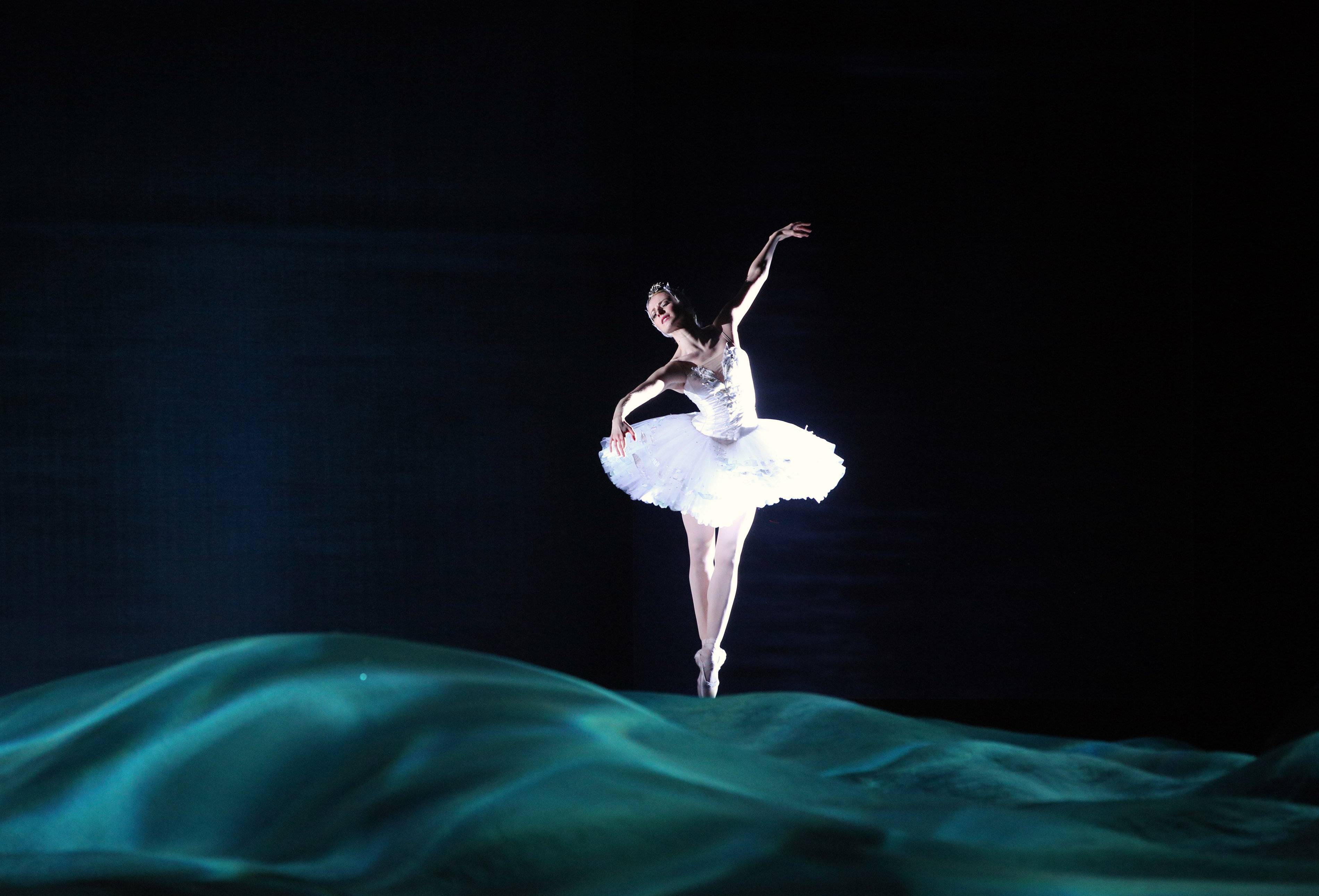
In 1964, Rudolf Nureyev tailored a new version of "Swan Lake" for the Vienna State Ballet, which helped the then 26-year-old dancer and choreographer gain international reputation and pushed the Vienna State Ballet To the world stage, became one of the most successful works of the group. Nureyev boldly subversively adapted the entire fairy tale, endowing it with unprecedented profound connotations. The peaceful Swan Lake, the gentle white swan, the cunning black swan, and even the vicious devil Rothbart are all imaginations deep in the prince's heart, not reality!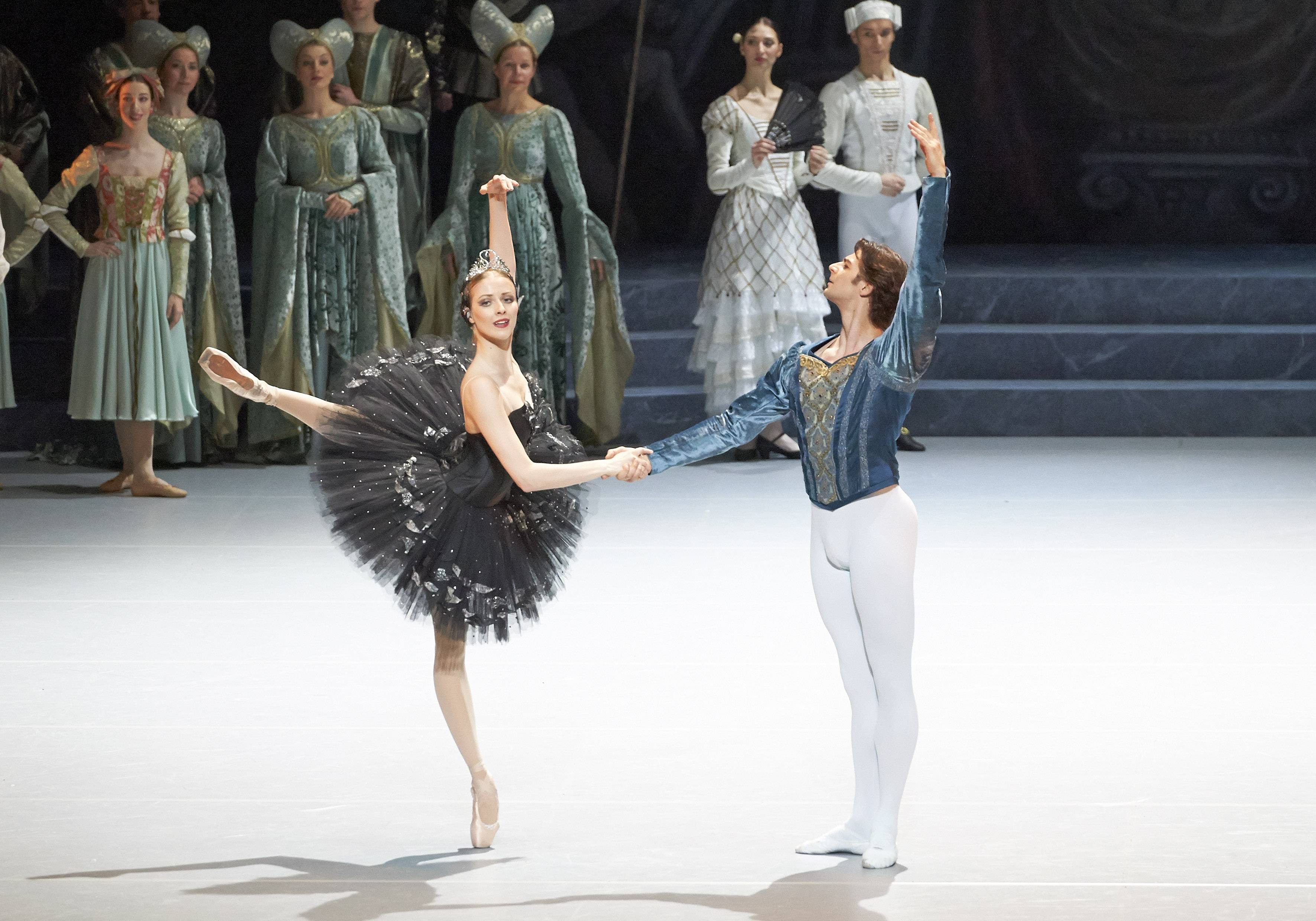
Nureyev's choreography style and thinking mode are deeply influenced by his personal growth experience. In this version of Swan Lake, the devil is no longer a villain with facial makeup, but the incarnation of the prince's mentor. It is a prince who symbolizes romanticism, a kind of resistance to patriarchy and the established life line that is about to face adulthood.
Nureyev not only arranged a pas de deux for the prince and his mentor (the devil), but in the famous pas de deux of the black swan, the devil no longer just led the black swan to the ball and walked around with the black swan for a few laps, but a real Participated in the dance, participated in the game between the prince and the phantom. In the end, the prince lost to the devil, and seeing his beloved white swan being taken away by the devil also foreshadowed that the prince will finally recognize the reality of fate. Combined with Nureyev's own experience, this version of "Swan Lake" which is full of emotions may also be his portrayal of his own life, and this version of "Swan Lake" has been marked with a distinct brand of "produced by Knuckles"!
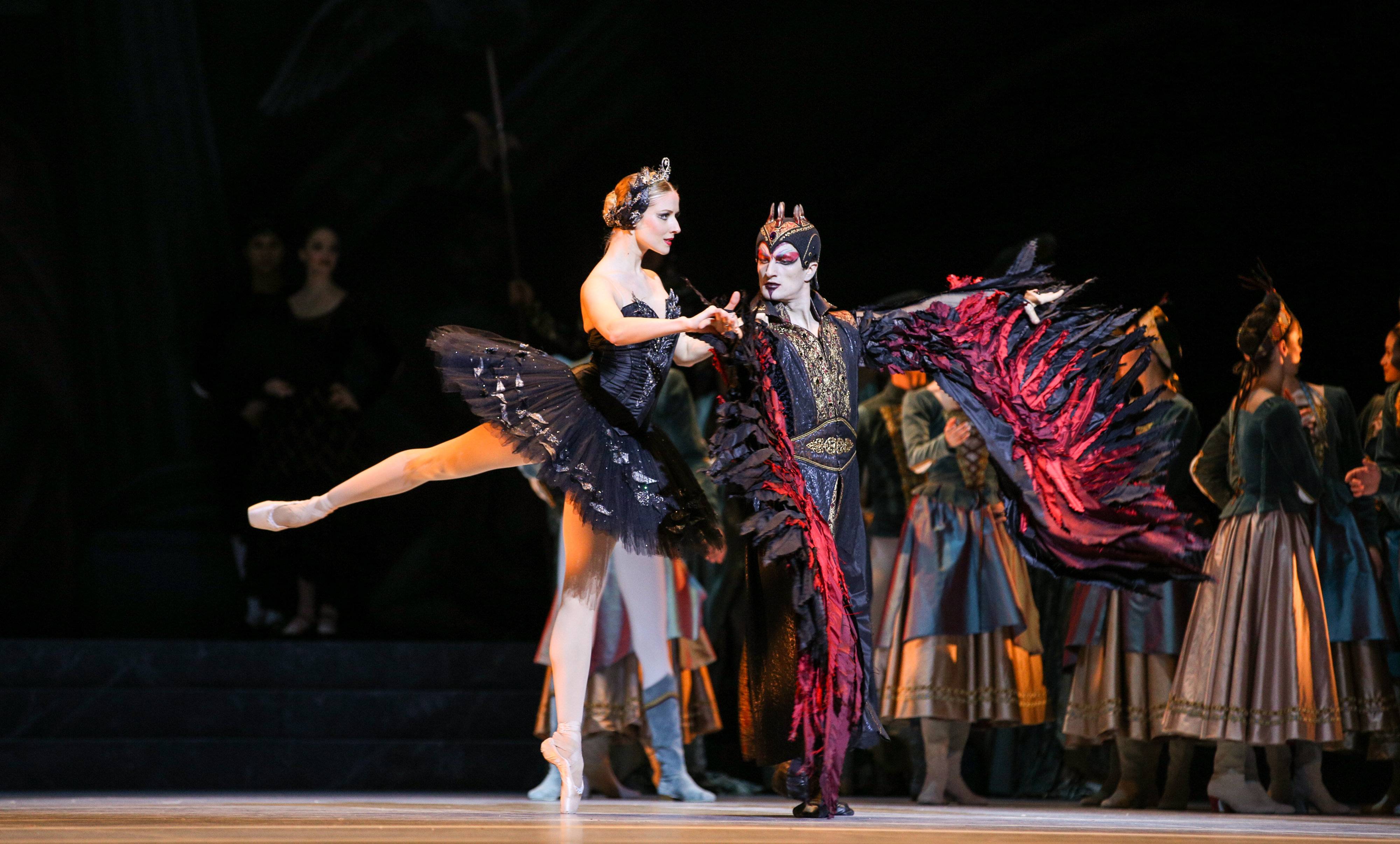
To mark the 50th anniversary of the ballet, the Vienna State Opera is recreating the play with new sets and costumes designed by Luisa Spinatelli, whose concept was inspired by King Ludwig The fairy tale fantasy of the second generation, with simple painted background and a few accessories, presents a brand new "Swan Lake".
The role of the princess, one of the most difficult (double) roles in the entire ballet repertoire and always considered the culmination of any ballerina's career, is played by Olga Yesina, whose performance is known for her "flawless technique, Steady, light and elegant temperament" and fascinating - Austrian "Crown Newspaper". In an aura of stately grace, "her dancing is breathtaking" - The Tabloid, "a masterful performance in every way" - The News. Together with Vladimir Shishov, who plays Prince Siegfried, she forms "a dance duo made for Hollywood" - Wiener Zeitung.
 Synopsis:
Synopsis:
Act One
Prince Siegfried has grown up and is about to inherit the throne. To mark the occasion, a feast will be held in the castle. The little prince responded politely to the respect of the guests. As a coming-of-age gift, he received a crossbow from his mother. Tomorrow he will choose his bride from among the most beautiful girls in the land. When the prince was alone, his attention was suddenly attracted by a group of swans. Despite a dark premonition, he decides to go hunting.
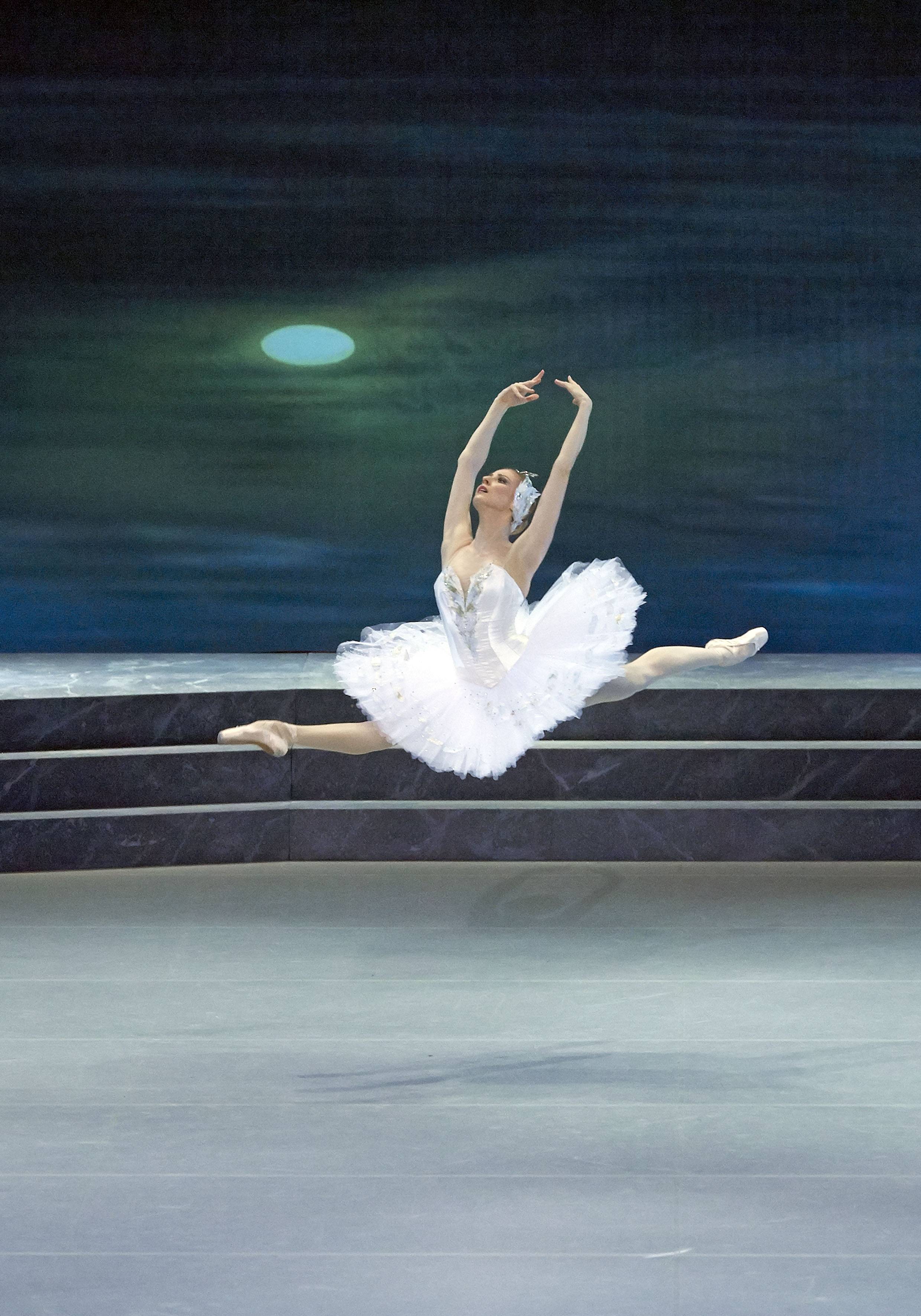 Second act
Second act
The magician Redbeard turns into a bird and settles by the forest lake. As ruler of the kingdom, he rules over many girls who have been enchanted to turn into wise swans, as well as Queen Odette, who shares the same fate. Only at night, the enchanted can put on their clothes and take human form. Prince Siegfried, who was hunting, came to the forest lake. There he sees Odette and is seized with love for her. The girls, like their queen, retain the form of the white swans and their human nature in the magic of the levitating dance. The prince's love became hotter and stronger. At this moment, Odette tells her fate: only a man who loves no one but her can redeem her. Siegfried vowed to be that guy. At daybreak, the girls returned to the lake and turned into swans again. Redbeard dissuades Siegfried from following them.
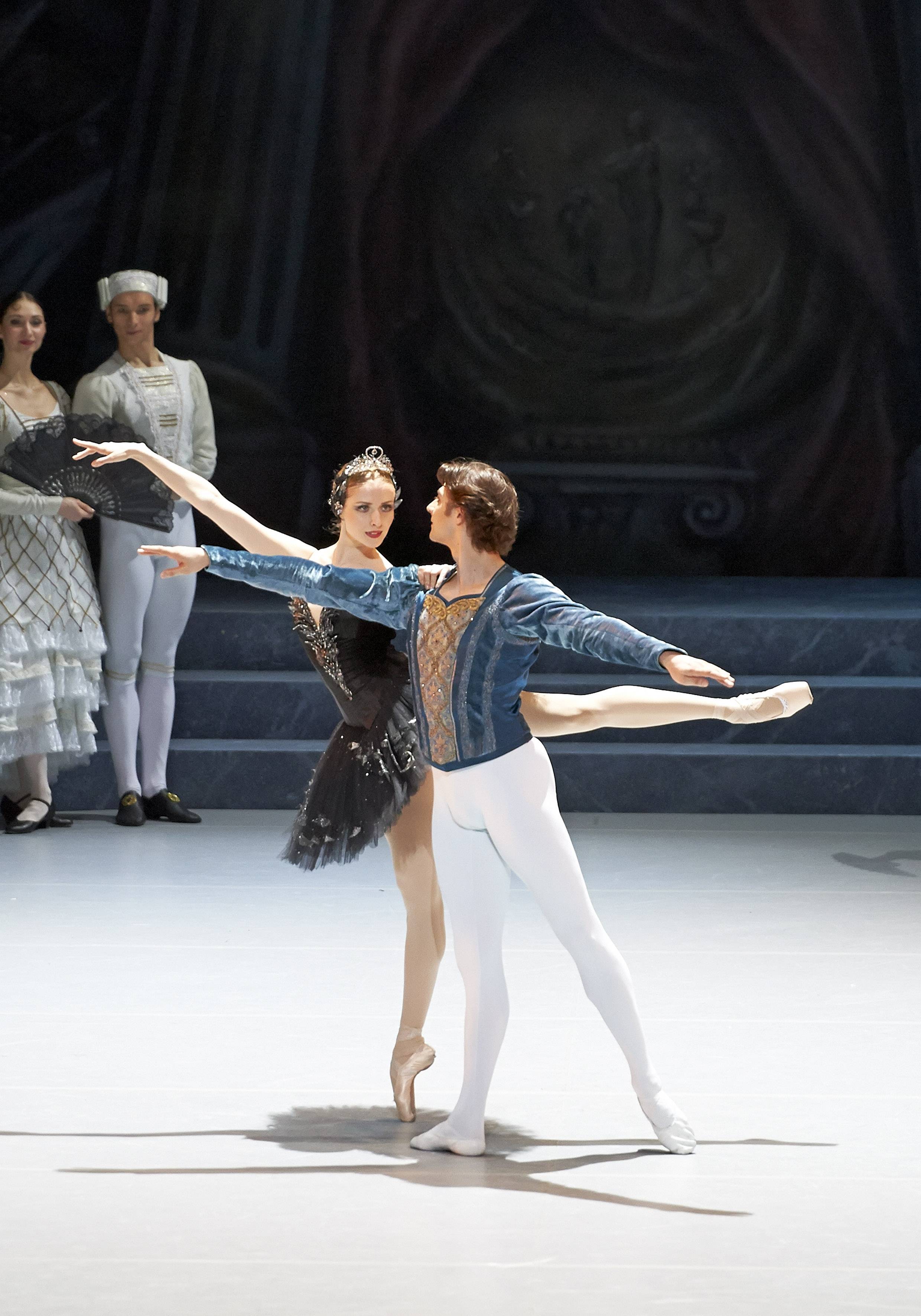
Third act
The banquet in the queen's palace is in full swing. But none of the six ladies introduced to Siegfried could win his heart. Then, a beautiful, strange woman dressed in black came to the banquet, accompanied by a proud nobleman. The nobleman was the red-bearded wizard wearing a mask, and he introduced that this beautiful woman was his daughter Odell. Siegfried was bewildered, feeling that this mysterious guest, who appeared to be a black swan, was in essence, though strangely twisted, his beloved Odette of the white swan.
Immediately afterwards, Siegfried invited Odette to join in a dance after native dances were performed by Spanish, Naples, Polish and Hungarian guests. The dance spells disaster for him: Siegfried, deceived by Odile's magic, joyously announces to his mother that he has chosen the beautiful stranger as his bride. Redbeard and Odette disappear triumphantly. Siegfried realizes that he has the wrong person. He hurried to Swan Lake to find his sweetheart!
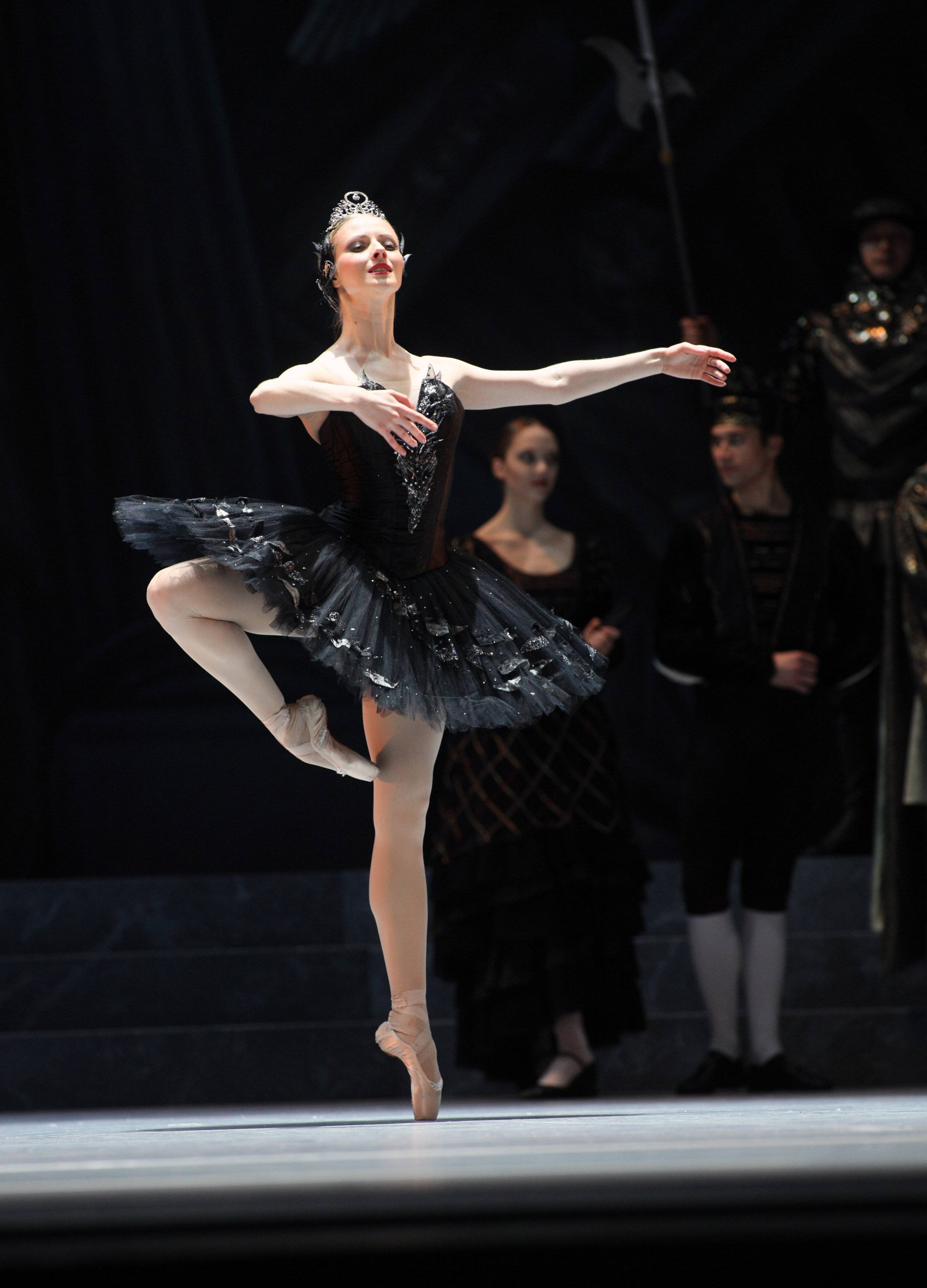 Fourth act
Fourth act
The white swans dance a mournful waltz on the shore of the lake. They tried to comfort Odette, but to no avail. The prince came to the shore, out of breath. Although Odette knows she must now give up all hope of redemption, she forgives Siegfried. Redbeard had his revenge: he caused the waters of the lake to burst its banks. Odette and the girls have turned into swans again and must leave. The desperate prince was drowned in the waves and fell on the bank of Swan Lake.

Notice
Performance time: 2022.12.24 (Saturday) 19:00
Venue: 365 Theater on the fourth floor of Tiantongyuan Culture and Art Center
Ticket price: 120 RMB, early bird 25% off
Duration: 132 minutes
Recorded in 2014
Rudolf Nureyev Edition
Composer: Peter Tchaikovsky
Choreography: Rudolf Nureyev based on Marius Petipa and Lev Ivanov's version
Starring: Vladimir Shishov, Olga Yesina
Premiered in 1964 by the Vienna State Opera Ballet (now the Vienna State Ballet)

Follow our WeChat for event news, deals, gossip and more!
[25% OFF] [HD Screening] "Swan Lake" Vienna State Ballet

 Add us on WeChat to speak to our friendly customer service team! ID: Tickets247Tickets
Add us on WeChat to speak to our friendly customer service team! ID: Tickets247Tickets